By clicking “Accept All Cookies”, you agree to the storing of cookies on your device to enhance site navigation, analyze site usage, and assist in our marketing efforts. View our Privacy Policy for more information.
Bracing Yourself vs Weightlifting Belt
We break down the basics around bracing yourself when weightlifting and when it is time to grab the weightlifting belt!
By
July 1, 2025
.jpg)
More often than not you would have heard and will continue to hear one of your coaches say “Brace”, “Stay tight”, “Core tight”, “Ribs Down” and the list goes on…. We use our core for everything in the gym especially during heavy lifting!!
Bracing properly is essential for maintaining stability and protecting your spine during those heavy lifts.
A weightlifting belt is a great tool, but it’s not a substitute for proper bracing. Before reaching for a belt, we need to make sure you have mastered how to engage the core properly and refine your breathing mechanics - because without them, a belt won’t do much to protect you.
Tips on How to Brace Effectively:
Set Your Posture – Stand tall with a neutral spine. Don’t flare the ribs or over arch the lower back.
Expand Your Core – Imagine preparing for a punch to the stomach. Engage your entire midsection, not just your abs.
Breathe Deep – Take a deep breath into your diaphragm, not just your chest. This creates intra-abdominal pressure.
Lock the Air In – Hold your breath and brace as if you're about to lift something heavy. Your obliques and lower back should feel solid.
Maintain Tension – Keep the brace throughout the whole movement, exhaling only after completing the rep.
So, when should you start using a belt?
A belt is not a magic fix, knowing how and when to use it makes all the difference.
When To Use Weightlifting Belt
GOING HEAVY – If you're pushing that 1 - 1.5x Bodyweight in squats or deadlifts, a belt helps keep that core locked in.
MAX EFFORT lifts 85%+ of your 1RM – When chasing PRs, that extra stability can make or break the lift.
BACK SUPPORT – If a movement puts serious strain on your lower back, a belt can add reinforcement.
OLYMPIC LIFTS – On clean & jerks/snatches, a belt helps maintain tension when things get fast.
When to Skip The Weightlifting Belt:
LIGHTER LOADS – If the weight’s manageable, let your core do the work.
BUILDING RAW STRENGTH – Relying too much on a belt can weaken ‘natural bracing’.
BLOOD PRESSURE concerns – Belts crank up pressure, so if that’s an issue, use it wisely.
HOW to use a Weightlifting Belt:
Position it right – The belt should sit just above your hips & below your ribs.
No awkward high-riding or belly-crushing.
Find the sweet spot for tightness – Tight enough to support, but not so tight that you can’t breathe or brace properly. You need room to push against it.
Brace like you mean it – Take a deep breath into your belly, push against the belt, and lock in that tension for the lift. NO shallow chest breathing, your core does the work.
Remember It’s a tool, not a crutch. Brace properly first, then, if the weight calls for it, bring the belt in for backup. If you’re unsure whether you’re doing it right, don’t guess, just ask! Small adjustments lead to big improvements!
Coach Gem
.jpg)

.jpg)
.jpg)

.jpg)
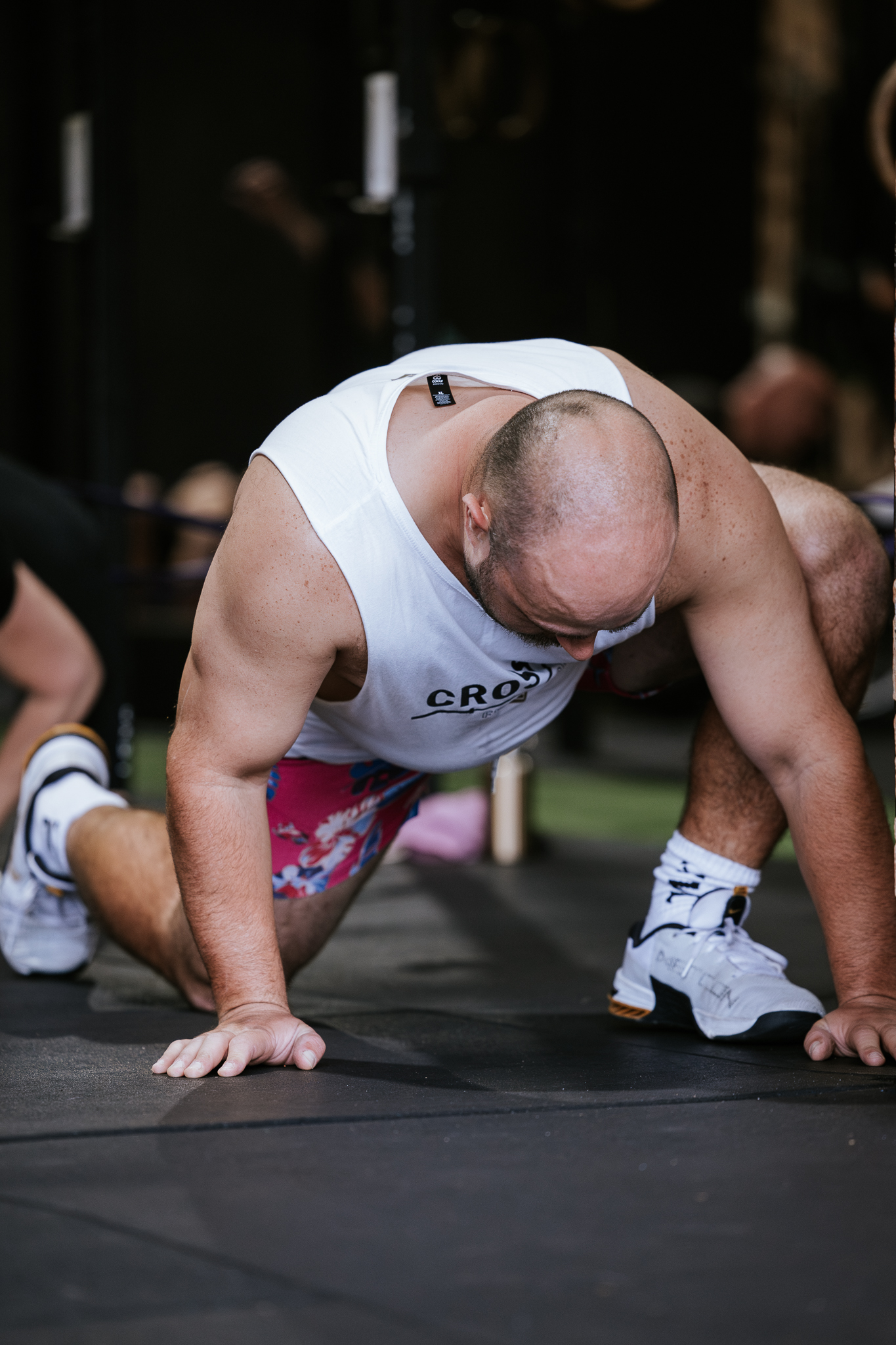
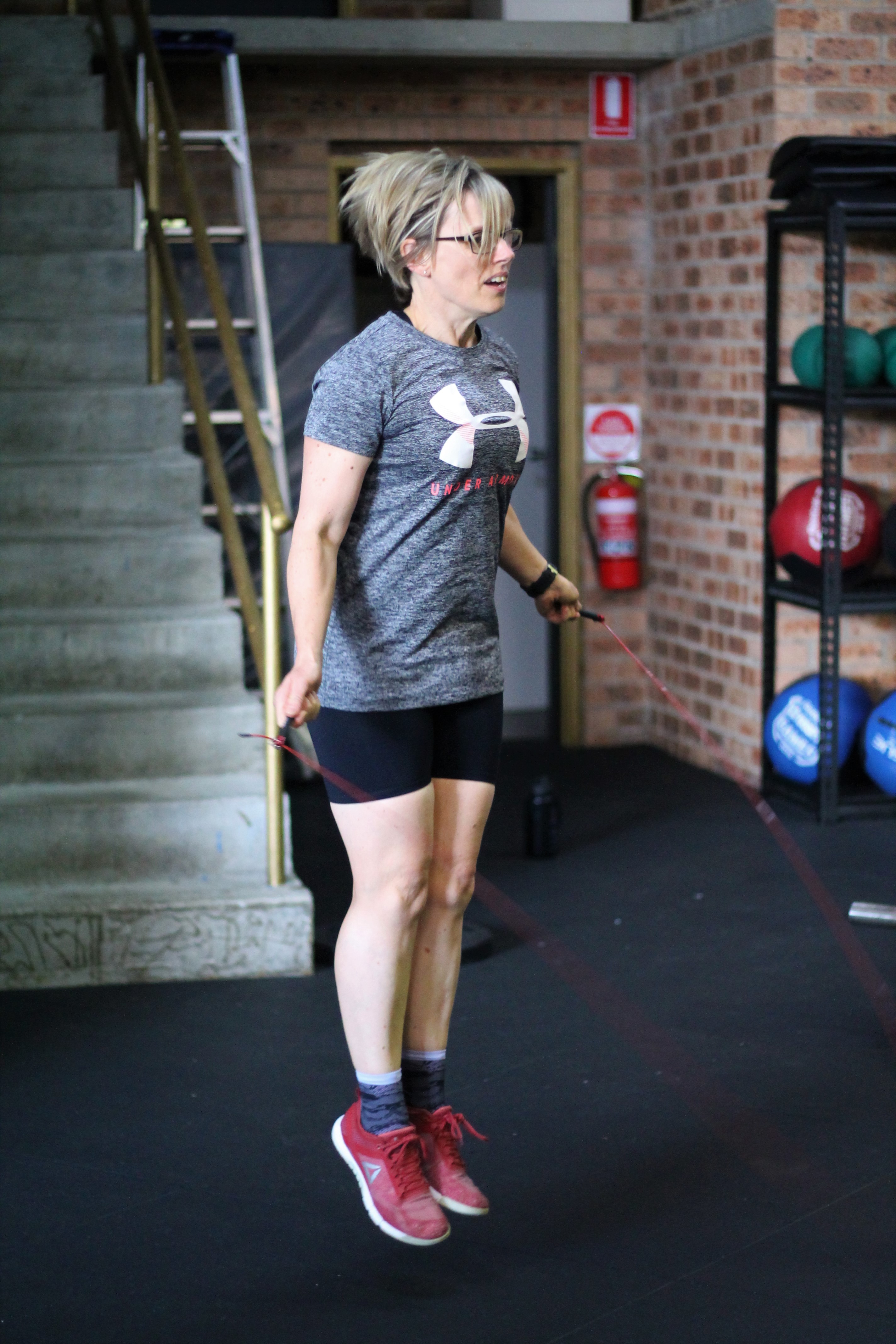
.png)
.png)
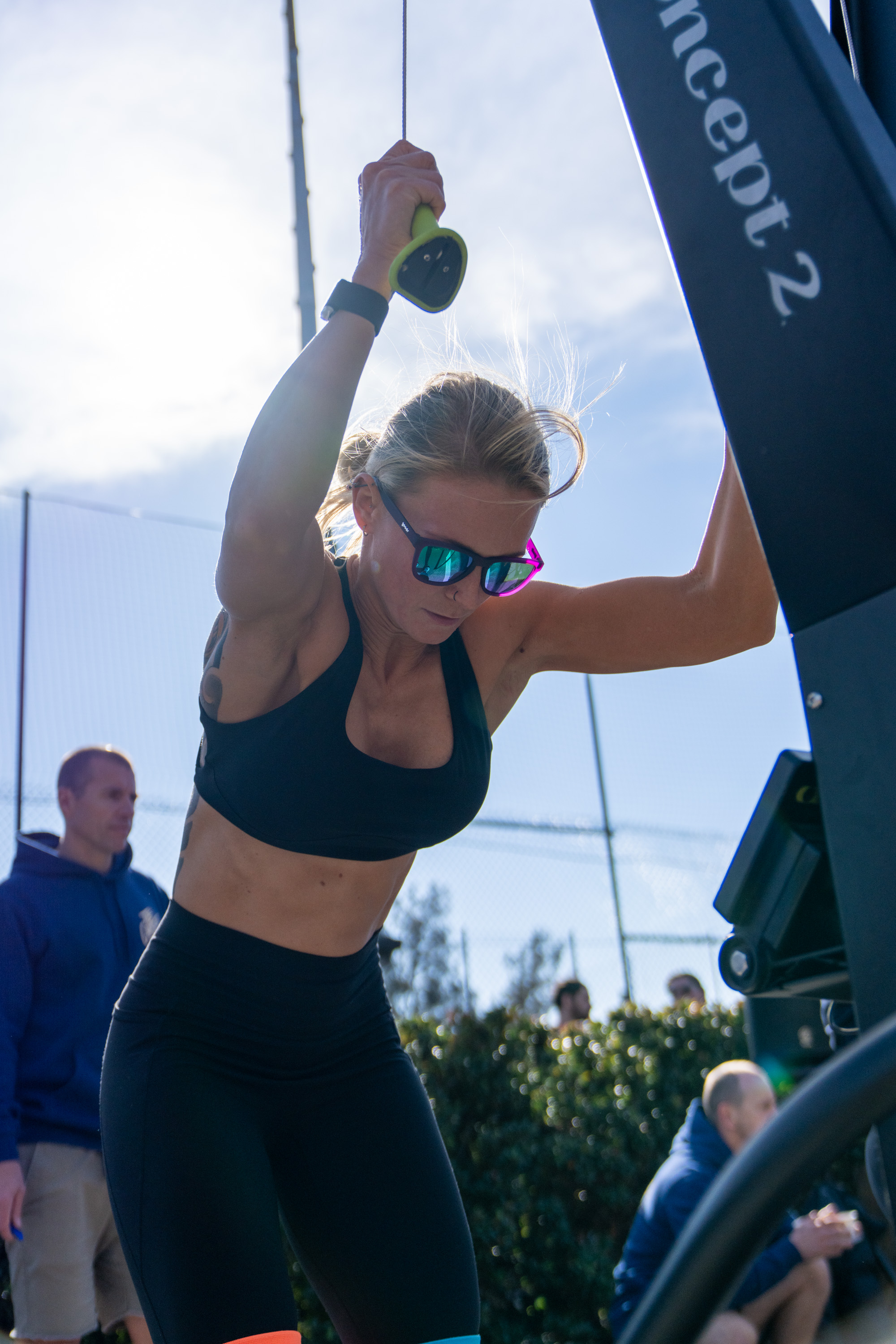
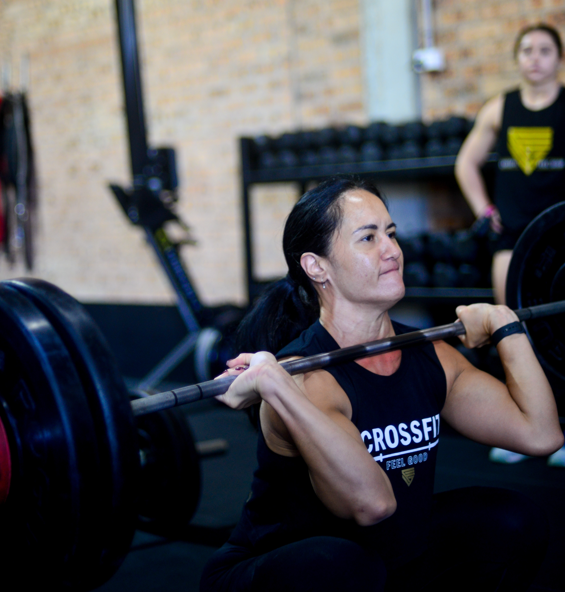
(1)(1)(1).jpg)

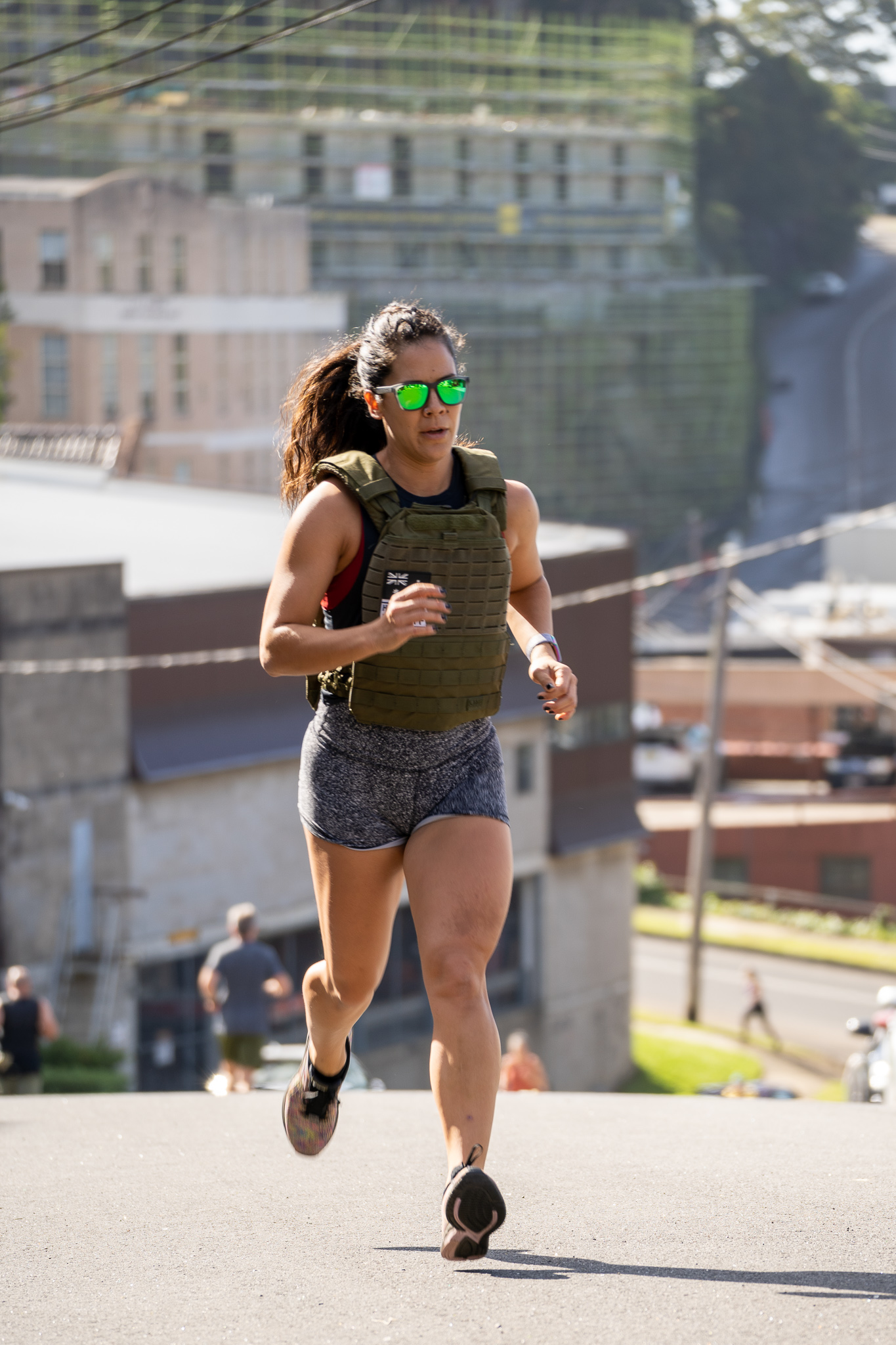
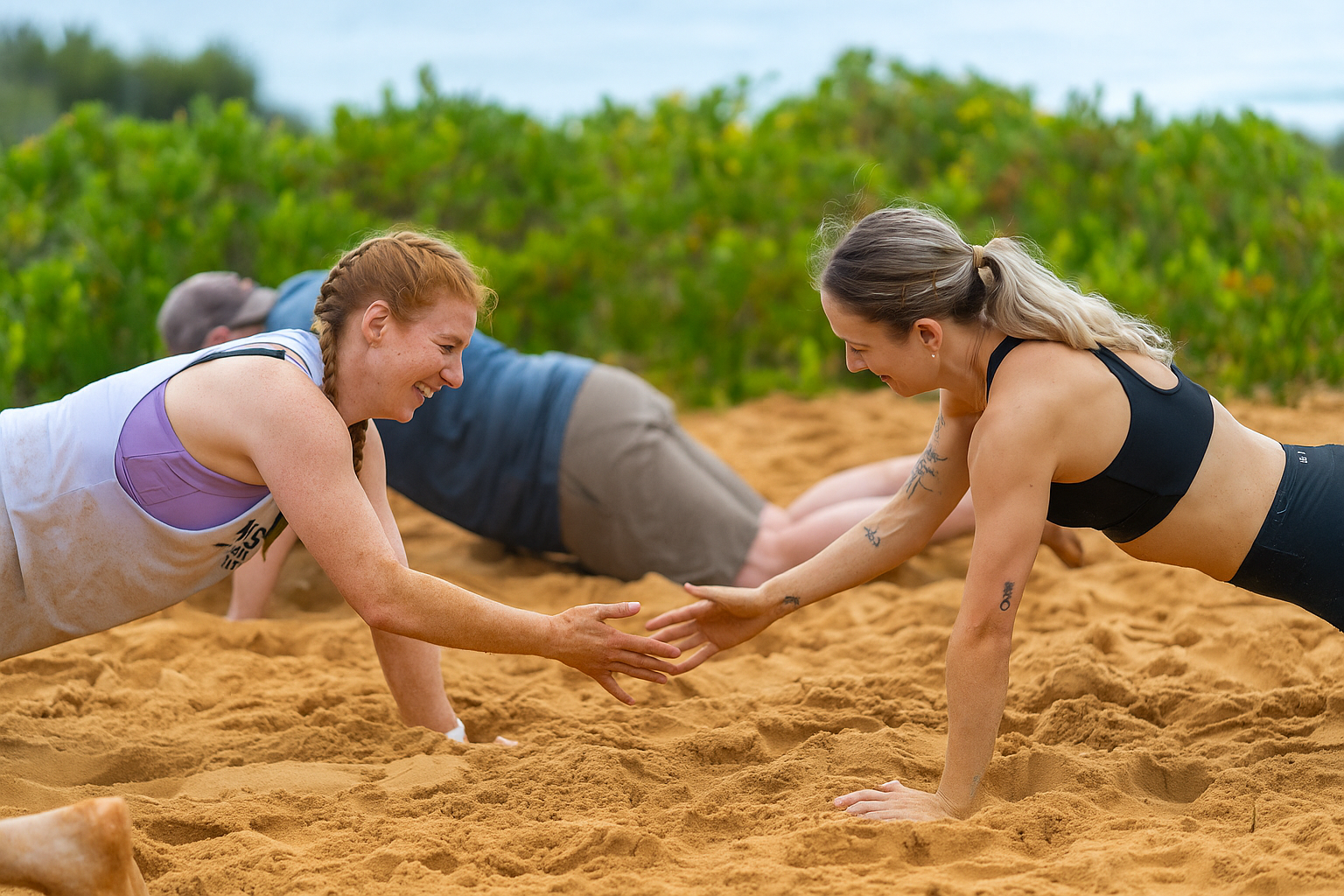
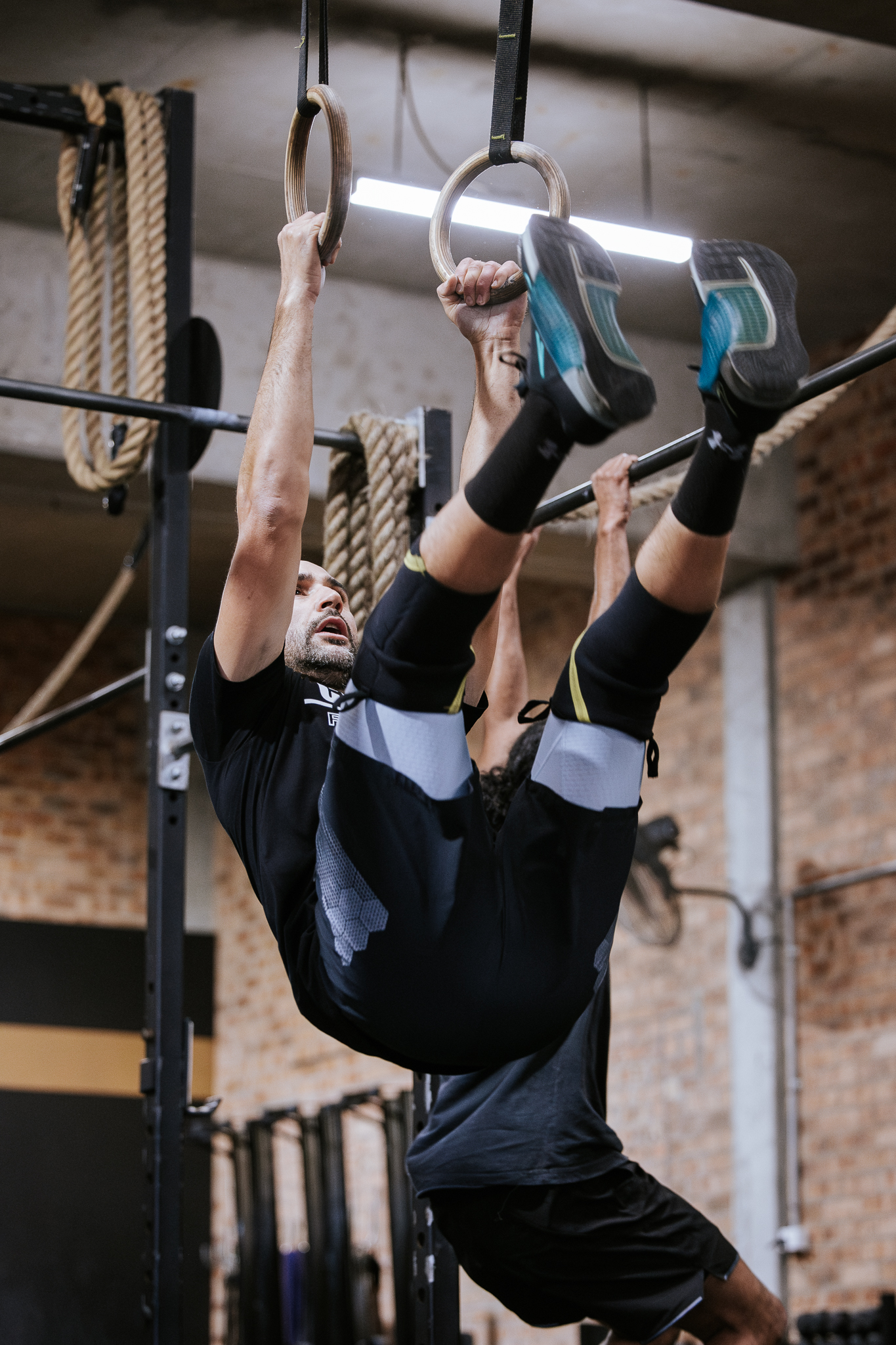

.jpg)
.jpg)
.png)
(1).jpg)